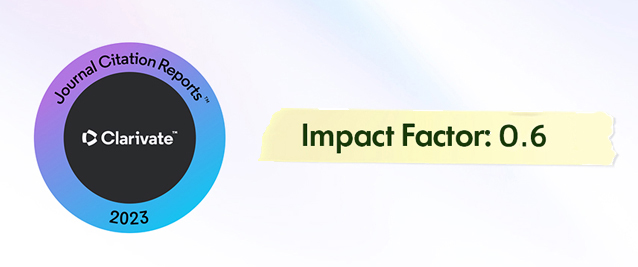Abstract
Waste sludge disintegration and bound water reduction was investigated by comparative chemical oxidation using calcium hypochlorite, hydrogen peroxide, peroxymonusulfate and peroxydisulfate in the study. Response surface methodology (RSM) with Box-Benhken Design (BBD) was used to determine operating parameters namely initial pH (2–10), oxidant dosage (5–85 mg/g TSS), and Fe2+ to oxidant ratio; 0.2-2) and disintegration time (20–100 min). According to ANOVA results, determination coefficient (R2) was found 93.2%, 76.3%, 84% and 84.8% for each oxidant, respectively. Under the optimum operating conditions, disintegration degree in terms of chemical oxygen demand (DDCOD) was calculated 11.09%, 5.23%, 10.75%, and 5.34%, respectively. Furthermore, bound water reduction (BWR) of waste sludge increased after the disintegration process, and 33.52%, 24.56%, 44.63% and 32.80% BWR values were obtained under the same operating conditions. Results show that the higher DDCOD and BWR values were achieved by calcium hypochlorite and peroxymonosulfate treatment.














